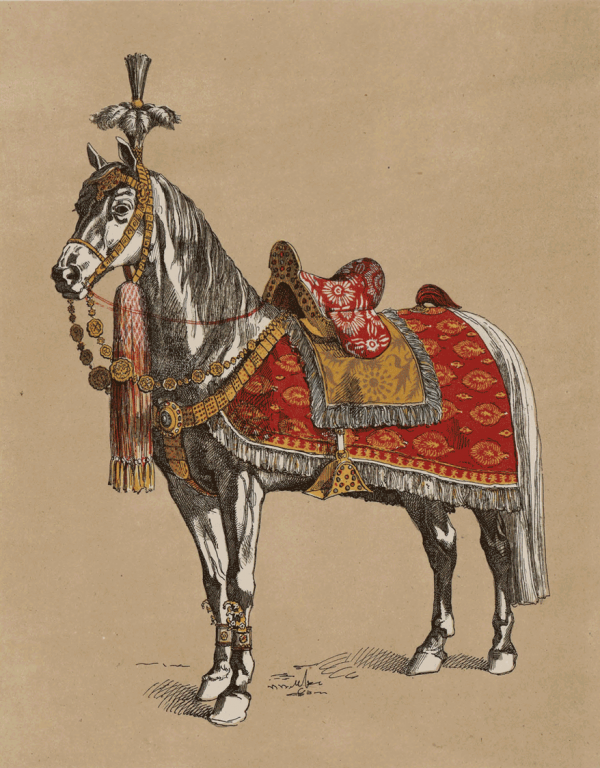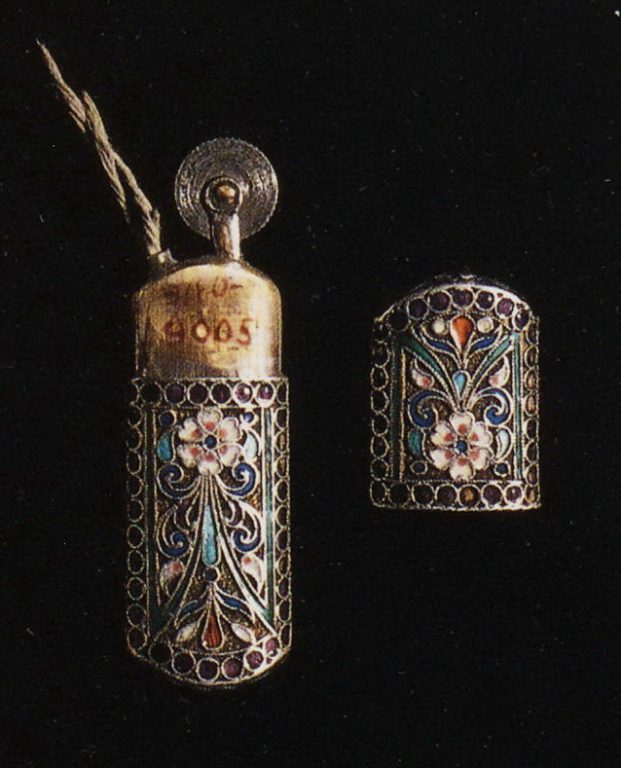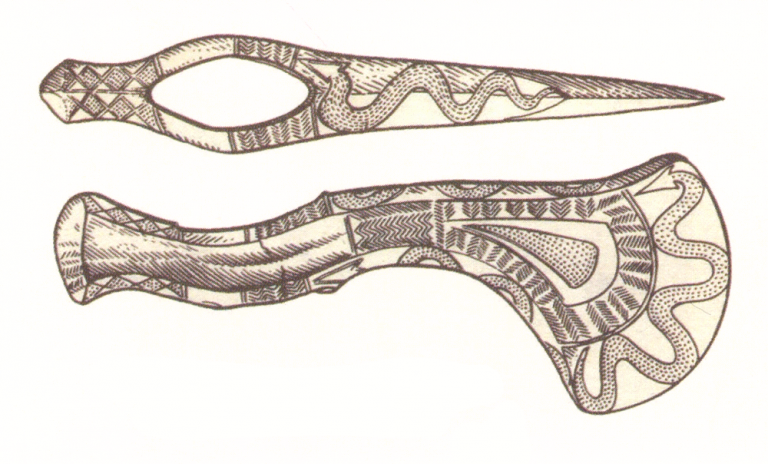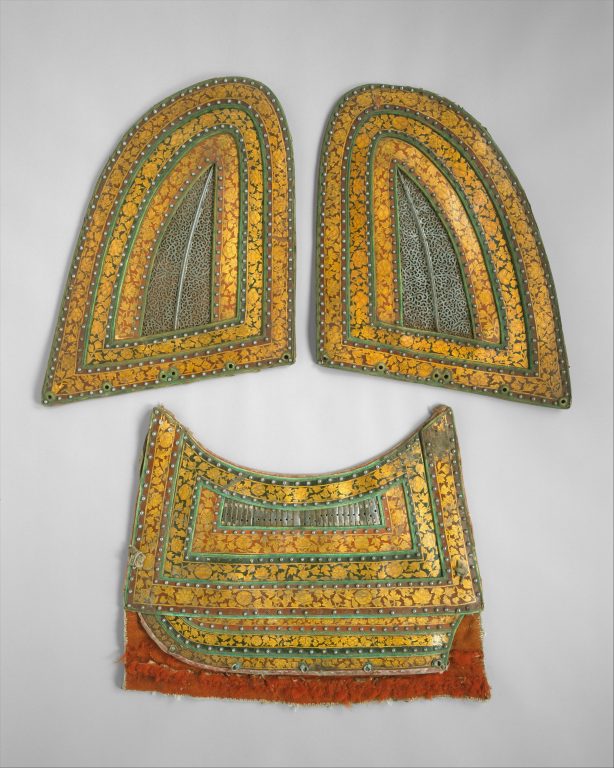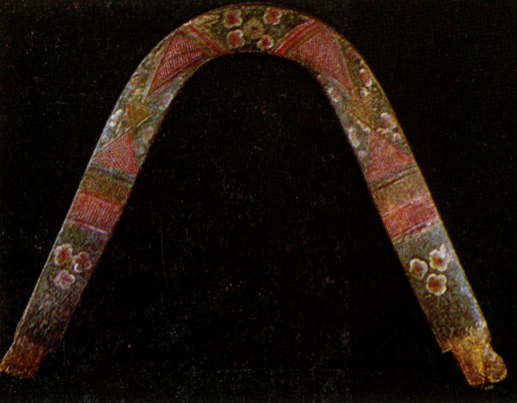

Germany
-
Objecthorse equipment or accessory: Portions of an armor garniture for field and tournament
-
Author of the objectKunz Lochner
-
Type of arts & crafts
-
MediumSteel, brass, gold, paint, leather, textile (velvet)
-
Sizecrinet plate (14.25.854): L. 13 7/8 in. (35.5 cm); H. 3 7/8 in. (9.8 cm); Wt. 9 oz. (261 g); vamplate (14.25.855): D. 8 1/2 in. (33.3 cm); H. 4 7/8 in. (12.4 cm); Diam. 13 1/8 in. (33.3 cm); Wt. 3 lb. 3 oz. (1454 g); left pauldron (14.25.856): H. 8 1/2 in. (12.6 cm); W. 12 1/2 in. (31.7 cm); Wt. 1 lb. 10 oz. (730 g); crinet plate (14.25.865): H. 2 3/8 in. (6 cm); W. 10 5/8 in. (27 cm); D. 6 5/16 in. (16 cm); Wt. 8 oz. (236 g); right tasset (14.25.881a): H. 6 in. (15.2 cm); W. 7 3/4 in. (19.7 cm); Wt. 1 lb. 5 oz. (587 g); left tasset (14.25.881b): H. 7 1/2 in. (19 cm); W. 8 1/2 in. (21.6 cm); Wt. 1 lb. 10 oz. (726 g); shaffron (21.42): H. 23 1/4 in. (59 cm); W. 13 1/4 in. (33.6 cm); Wt. 4 lb. 8 oz. (2034 g)
-
Geography detailsCountry of Origin
Town Nuremberg,
Germany -
Country today
-
Dateca. 1555; probably repainted and shaffron eye guards restored later
-
CultureGerman, Nuremberg
-
Type of sourceDatabase “Metropolitan Museum of Art”
-
Fund that the source refers toMetropolitan Museum of Art
-
This crinet plate, along with the matching shaffron also in the Metropolitan Museum’s collection (21.42), form part of an important garniture of armor for field and tournament use made for Nikolaus “the Black” Radziwill (1515–1565), duke of Nesvizh and Olyka, prince of the empire, and grand chancellor and marshall of Lithuania––one of the wealthiest and most important nobles in Poland and Lithuania. Several elements of the garniture survive, six of which (including this one) are preserved in the Metropolitan Museum’s collection. Made by the distinguished Nuremberg armorer Kunz (Konrad) Lochner, the Radziwill armor, with its overall etched design of interlaced strapwork and brilliant polychromy, is one of the most distinctive and colorful examples of the sixteenth century.








